On the morning of July 29, the Ministry of Science and Technology held a workshop on "Evaluating the results of the implementation of the Program on conservation and sustainable use of genetic resources for the period 2015 - 2024 and orientation for implementation for the period 2025 - 2030".
Speaking at the opening of the workshop, Minister of Science and Technology Huynh Thanh Dat said that through the results of the Program for Conservation and Sustainable Use of Genes for the period 2015-2024, implemented by the Ministry of Science and Technology as the focal agency, over 80,000 endemic, precious and rare gene sources have been preserved and kept. This is an extremely valuable source of materials, serving the work of selecting and crossbreeding new varieties with better productivity, quality and higher value.
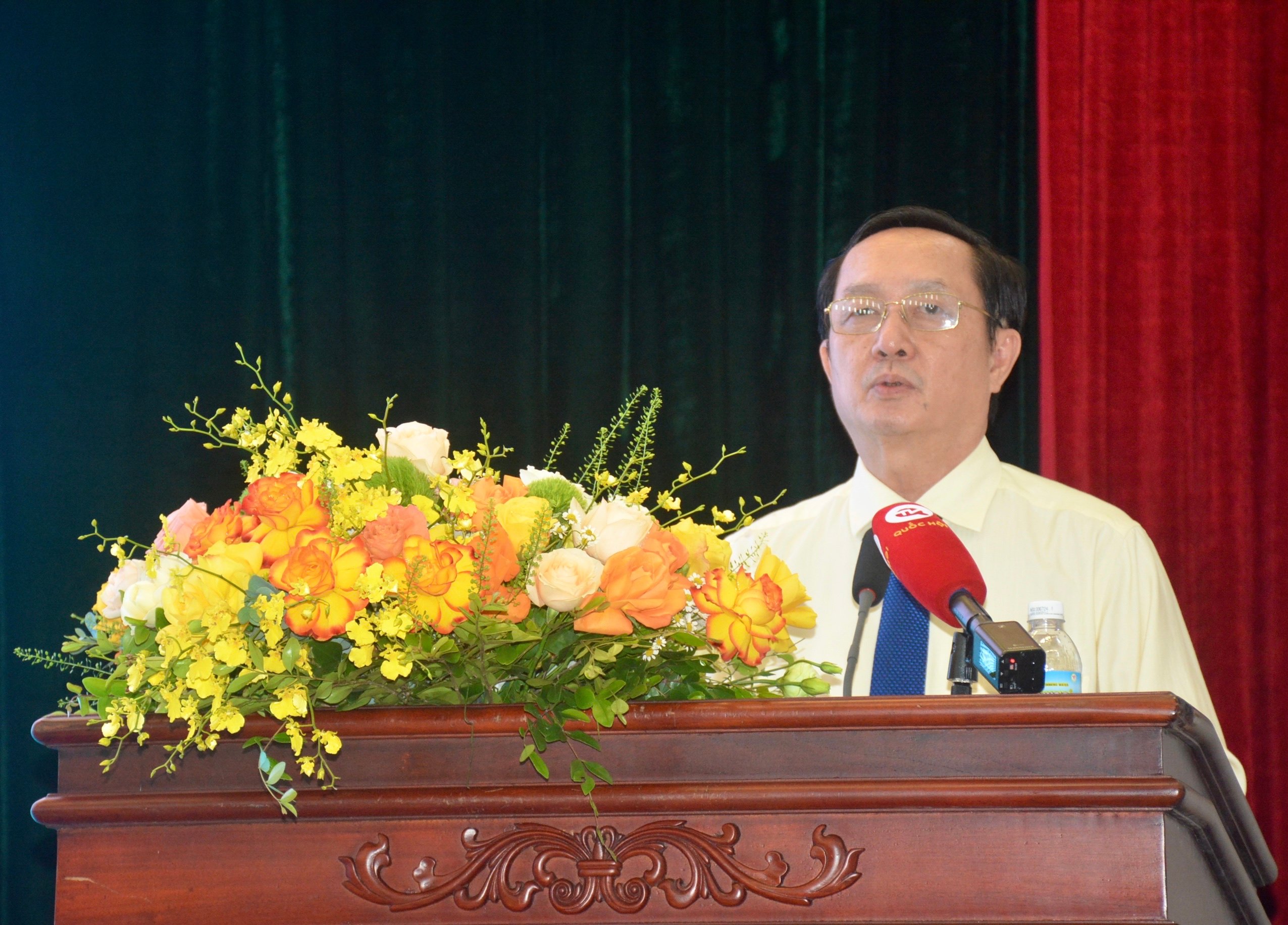
Minister of Science and Technology Huynh Thanh Dat.
In addition, researchers have initially evaluated nearly 56,000 genetic resources; many genetic resources have been exploited and applied in production and life such as Ngoc Linh ginseng, mantis shrimp, giant catfish, high-quality native rice, Vu Huong tree, Pig... contributing to increasing the added value of industries and fields, especially the agricultural sector.
Minister Huynh Thanh Dat emphasized that the Program's target is living biological genetic resources, so the conservation and development of genetic resources requires regularity and continuity. Therefore, it is urgent to build a legal framework to continue implementing the Program in the next phase without interruption.
By 2023, through the tasks of conservation and sustainable use of genetic resources, the total number of collected and preserved genetic resources is 80,911, including 47,772 agricultural plant genetic resources, 5,768 forestry plant genetic resources, 7,039 medicinal plant genetic resources, 891 livestock genetic resources, 391 aquatic genetic resources, and 19,050 microbial genetic resources.
Typically, the Plant Resources Center (Vietnam Academy of Agricultural Sciences) has investigated and collected over 10,000 genetic resources of various plant groups. The Vietnam Academy of Forestry Sciences and universities with forestry faculties have recently collected and preserved nearly 2,000 genetic resources of 70 forestry species, including genetic resources of many rare species with 100% indigenous genetic resources for planting in some local areas such as Son La, Lao Cai, Ba Vi, Phu Tho, Lam Dong, Dak Nong, Binh Thuan...
In particular, in recent years, a number of valuable medicinal gene sources have been discovered, collected, and preserved, reaching over 7,000 gene sources.
Up to now, we have initially evaluated over 55,800 genetic resources and detailedly evaluated over 14,100 genetic resources. In addition, we have effectively exploited and developed many rare genetic resources of economic value in the fields of forestry, medicinal materials, livestock, aquaculture, microorganisms, etc.
The tasks of exploiting and developing genetic resources have been deployed with over 300 animal and plant genetic resources and over 700 microbial genetic resources, including mastering 178 technological processes, providing technical guidance on breeding, selecting, cultivating, raising and caring for genetic resources; deploying 129 experimental models of technical application and replicating results in production practices, bringing about economic and social efficiency at the deployment site. The tasks have also built hundreds of basic standards, including standards for nucleus herds, dominant plants, breeding herds, production herds, commercial seedlings, etc.
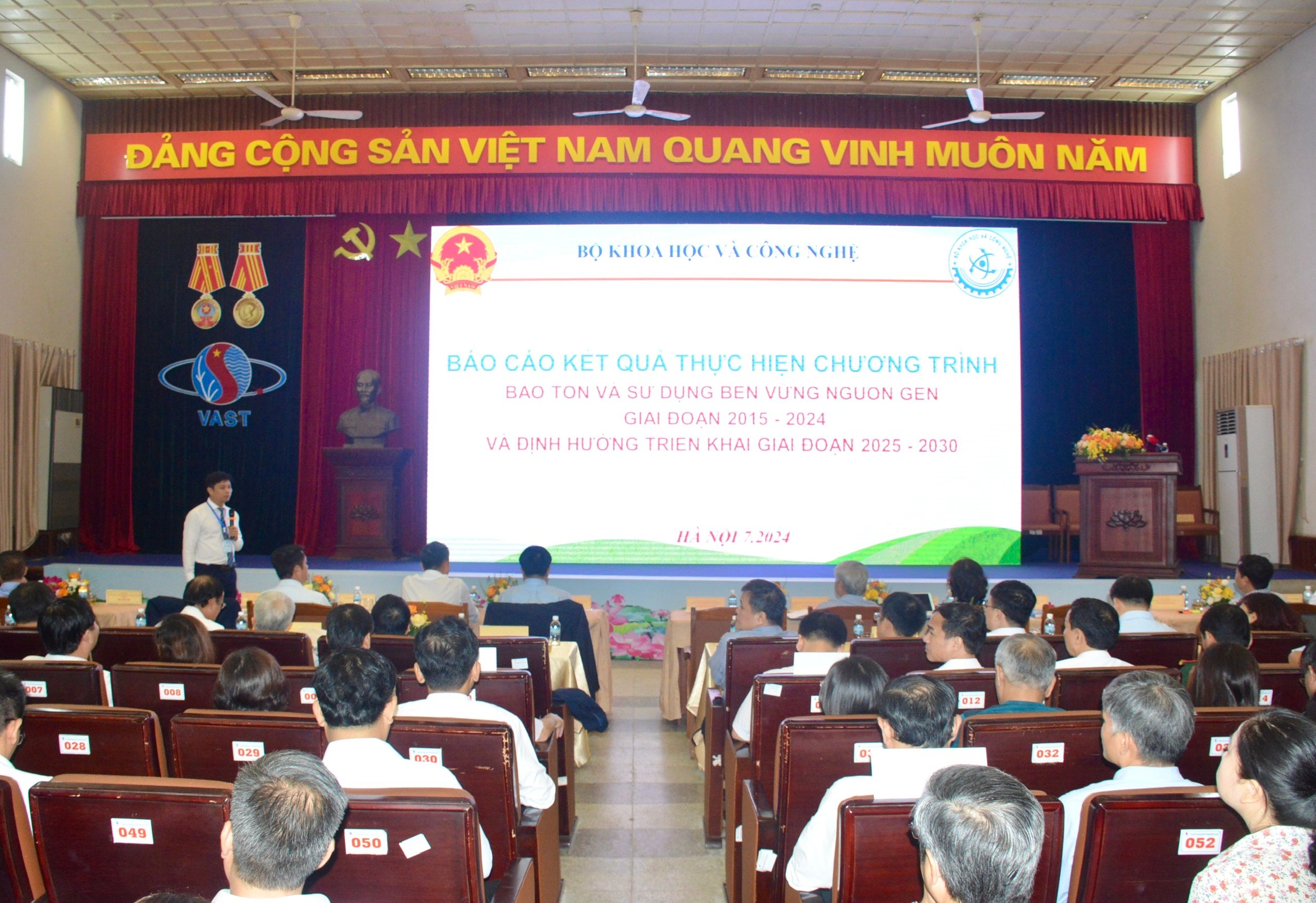
Overview of the Workshop "Evaluation of the implementation results of the Program on conservation and sustainable use of genetic resources for the period 2015 - 2024 and implementation orientation for the period 2025 - 2030".
Prof. Dr. Chu Hoang Ha, Vice President of the Vietnam Academy of Science and Technology, said that following the trend, Vietnam is moving towards promoting the development of a biological-based economy, green economy, circular economy, and the 4.0 Industrial Revolution has shown the importance and role of indigenous genetic resources in socio-economic development based on the strengths of agricultural development and the diversity of indigenous genetic resources.
Therefore, implementing the Program for conservation and sustainable use of genes in the period 2025-2030 needs to continue to prioritize the development of in-depth basic research on genetic resources (digitizing genes according to international standards, maintaining conservation, registering intellectual property...) combined with traditional research on animal, plant and microbiological genetic resources.
At the workshop, experts proposed solutions, mechanisms and policies to remove difficulties and obstacles in the process of implementing conservation, assessment, exploitation and development of biological genetic resources as well as scientific and technological orientations in conservation, assessment, exploitation and development of biological genetic resources by 2030.
Source: https://danviet.vn/bo-truong-khcn-huynh-thanh-dat-gan-81000-nguon-gen-dong-vat-thuc-vat-quy-hiem-duoc-bao-ton-20240729150944928.htm




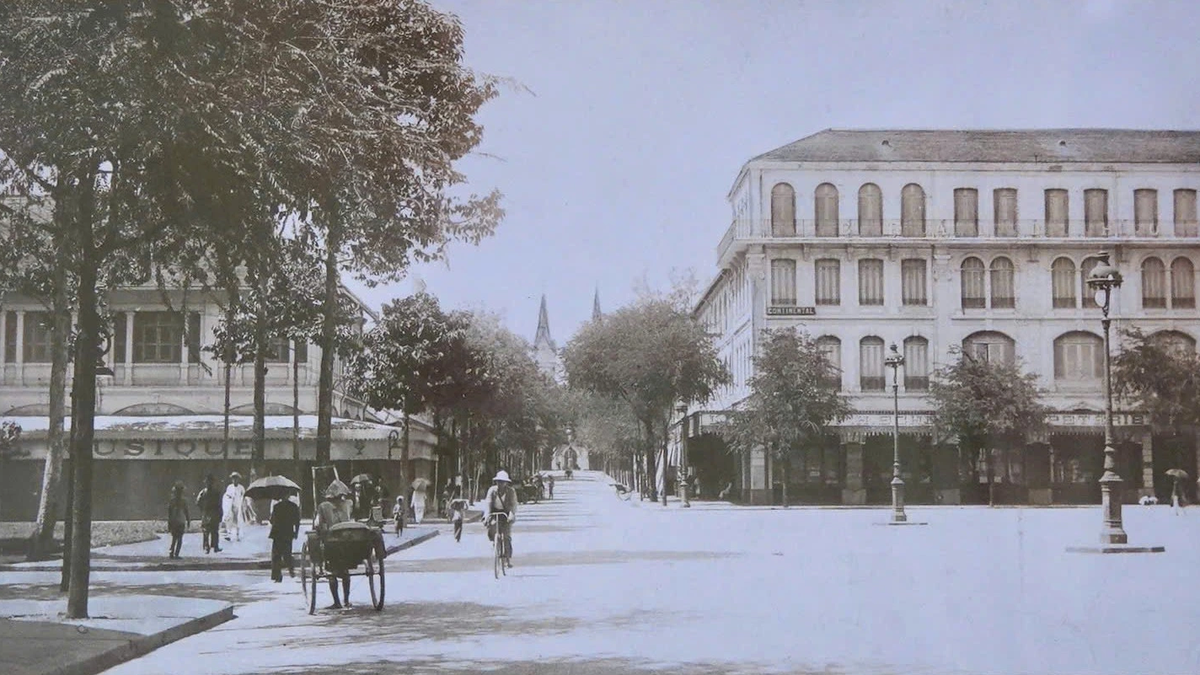
![[Photo] Solemn opening of the 10th Session, 15th National Assembly](https://vphoto.vietnam.vn/thumb/1200x675/vietnam/resource/IMAGE/2025/10/20/1760937111622_ndo_br_1-202-jpg.webp)

![[Photo] The Steering Committee of the 2025 Fall Fair checks the progress of the organization](https://vphoto.vietnam.vn/thumb/1200x675/vietnam/resource/IMAGE/2025/10/20/1760918203241_nam-5371-jpg.webp)


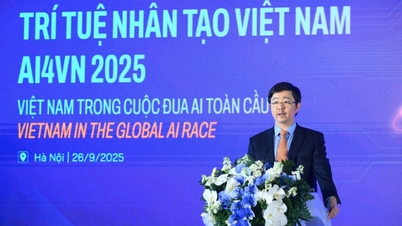




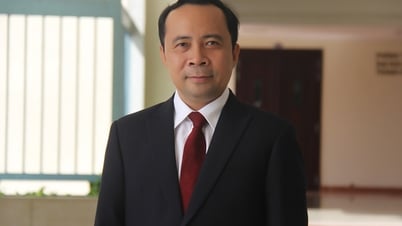


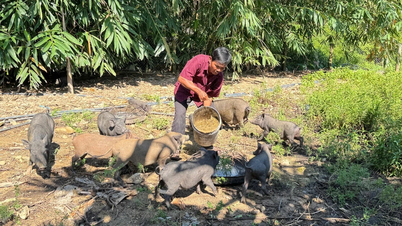




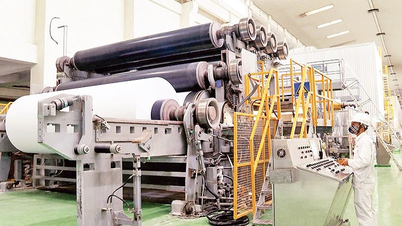
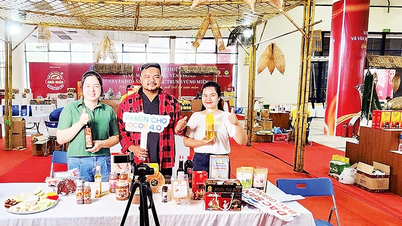
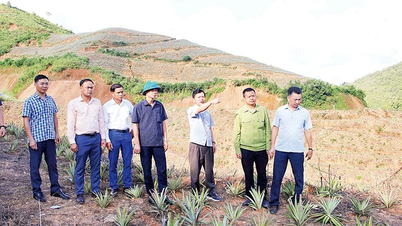
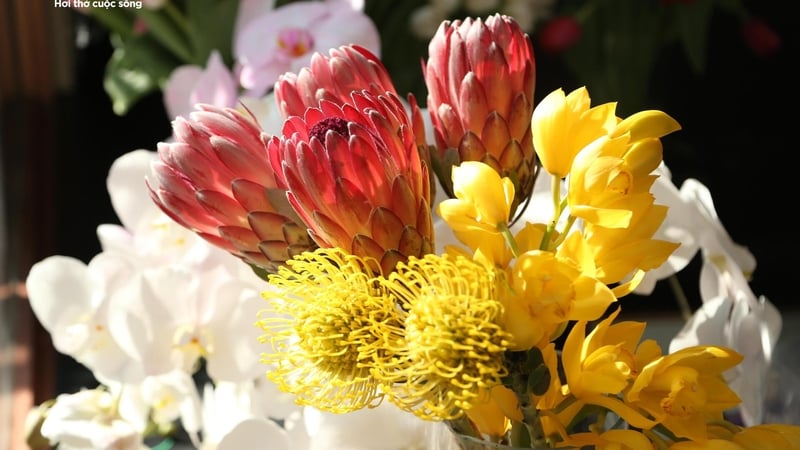





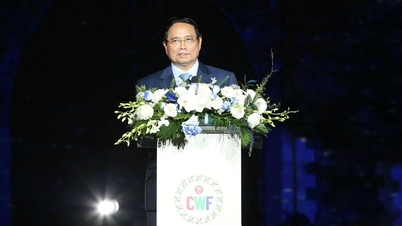



![[Photo] Chairman of the Hungarian Parliament visits President Ho Chi Minh's Mausoleum](https://vphoto.vietnam.vn/thumb/1200x675/vietnam/resource/IMAGE/2025/10/20/1760941009023_ndo_br_hungary-jpg.webp)


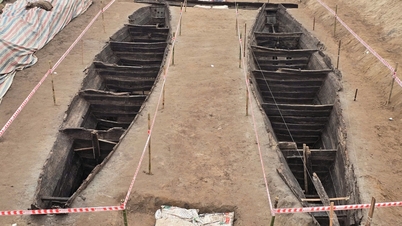
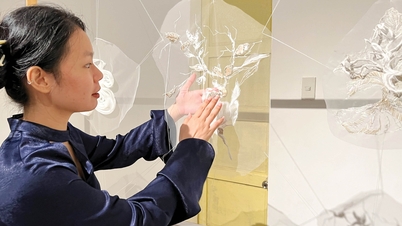

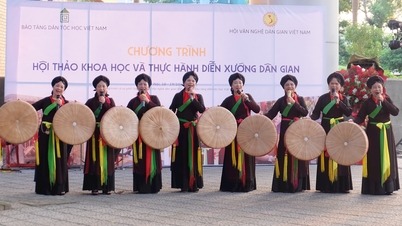





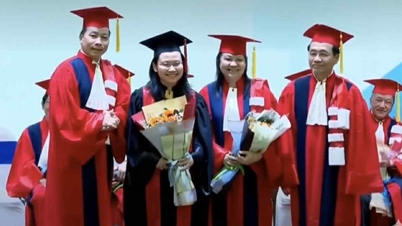



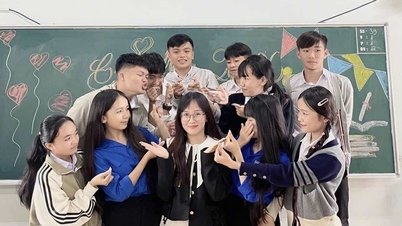
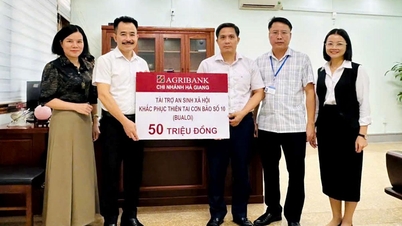

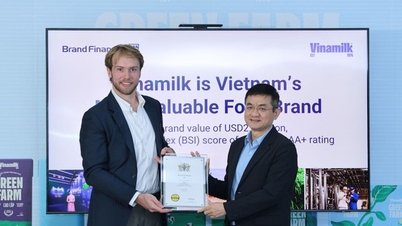




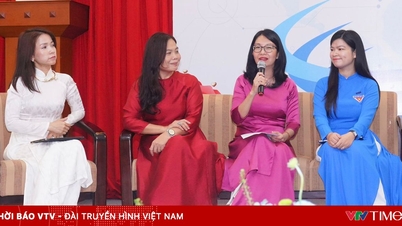
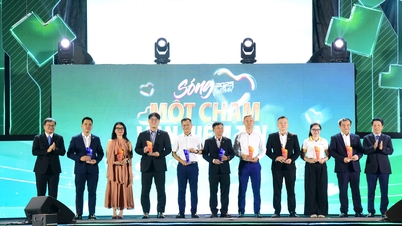


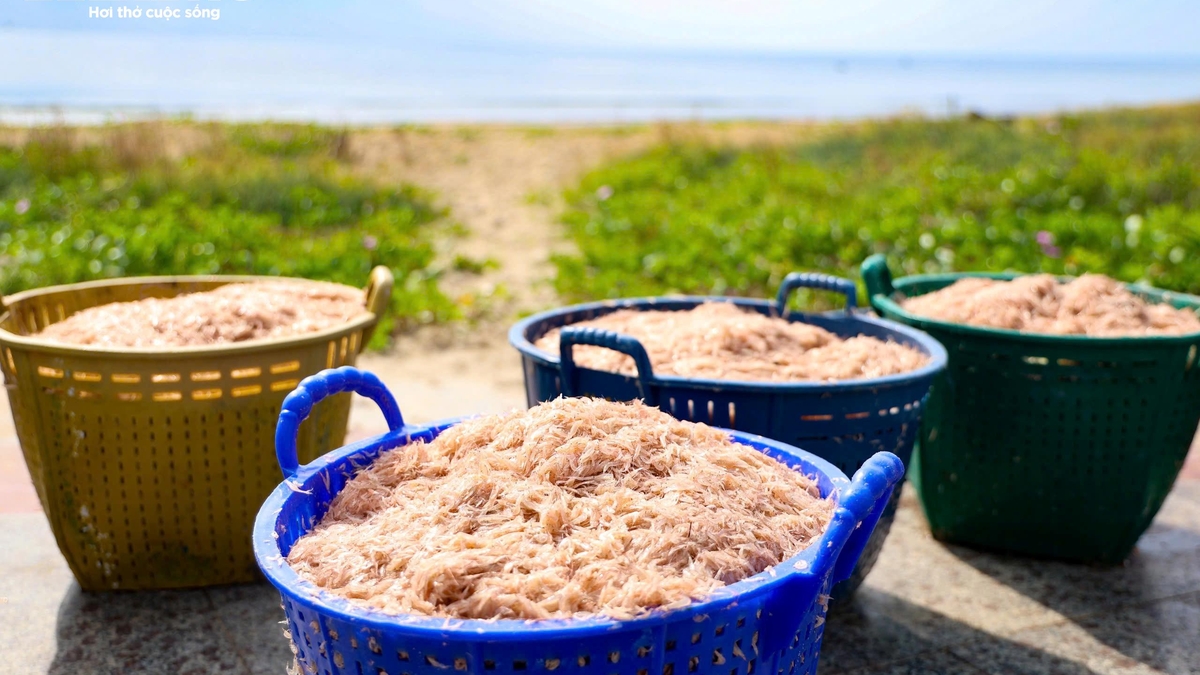

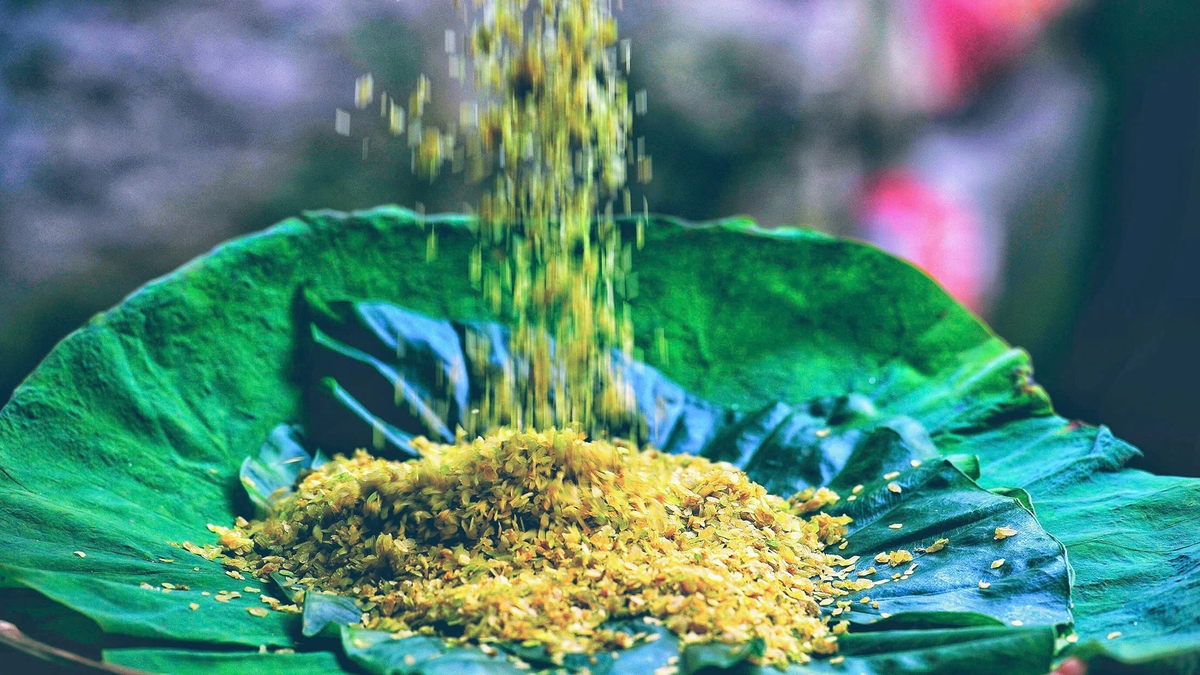



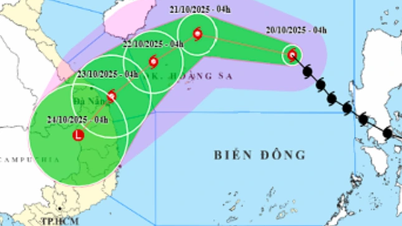

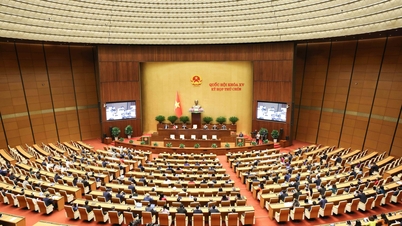


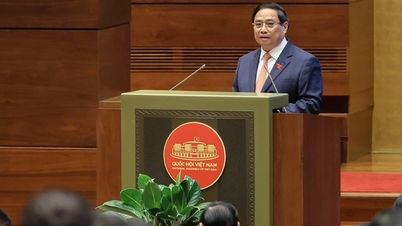



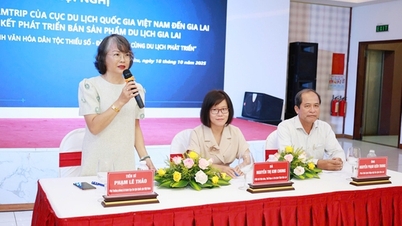
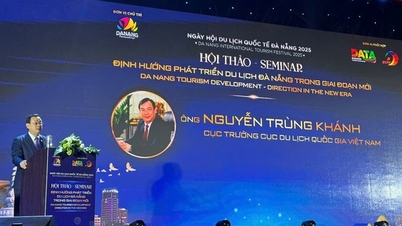
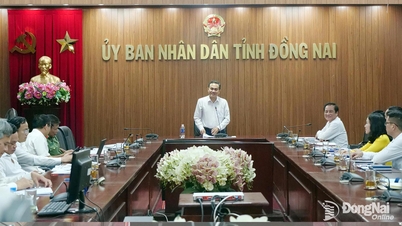





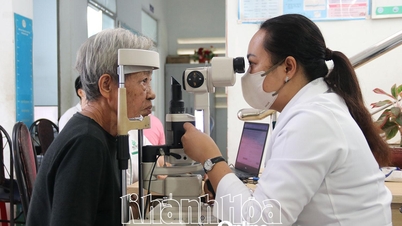

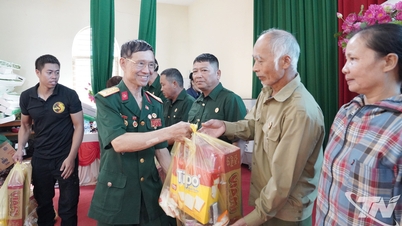
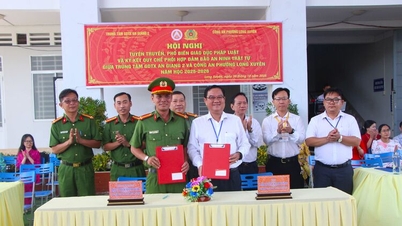




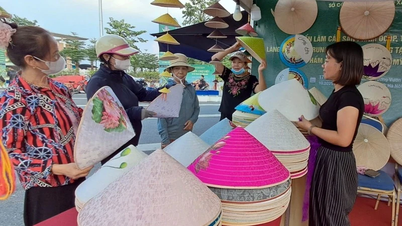
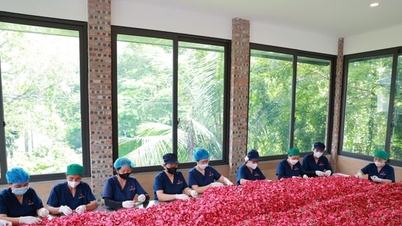

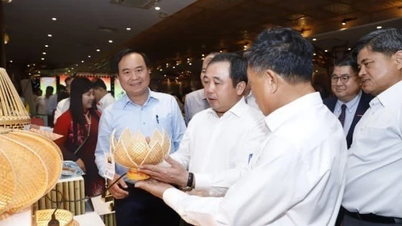

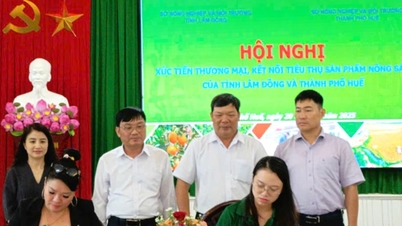






Comment (0)